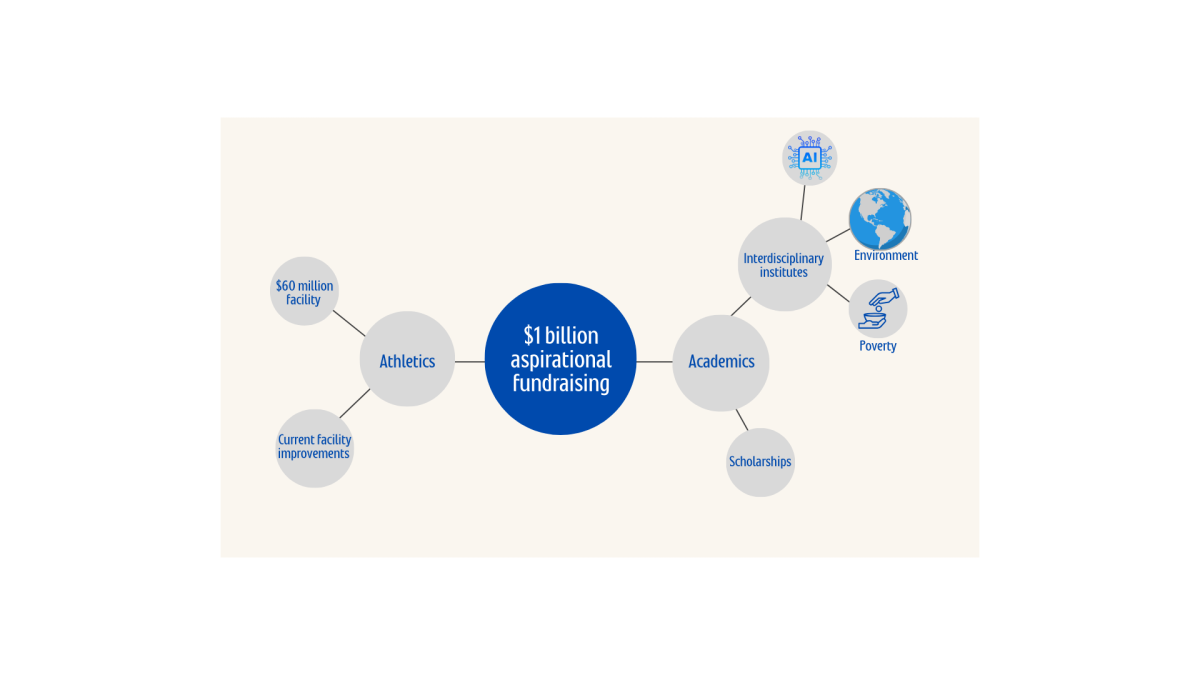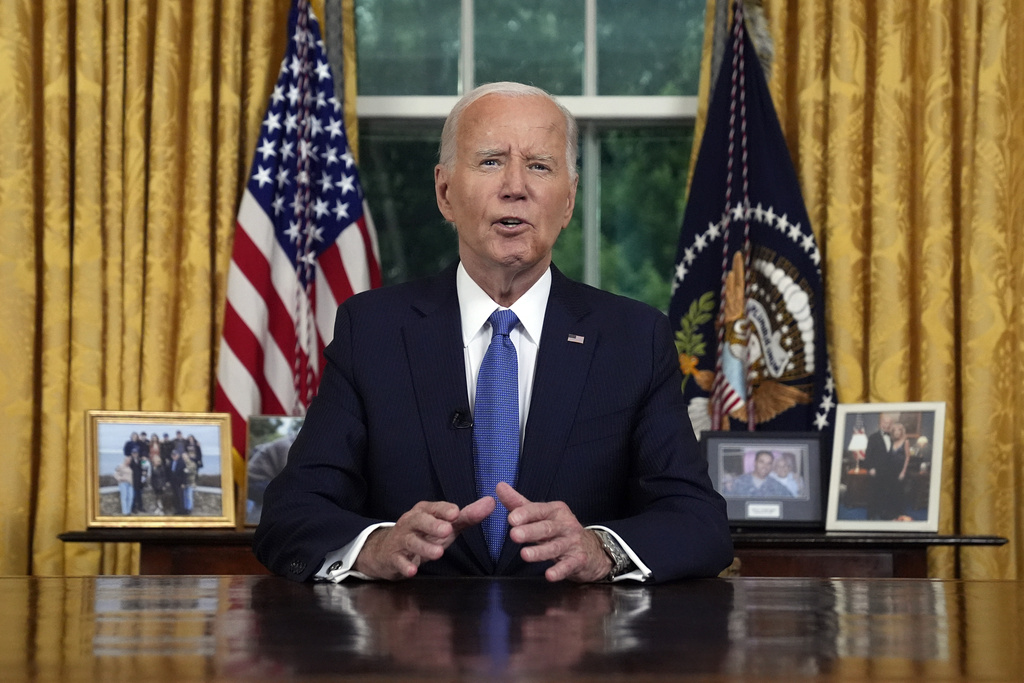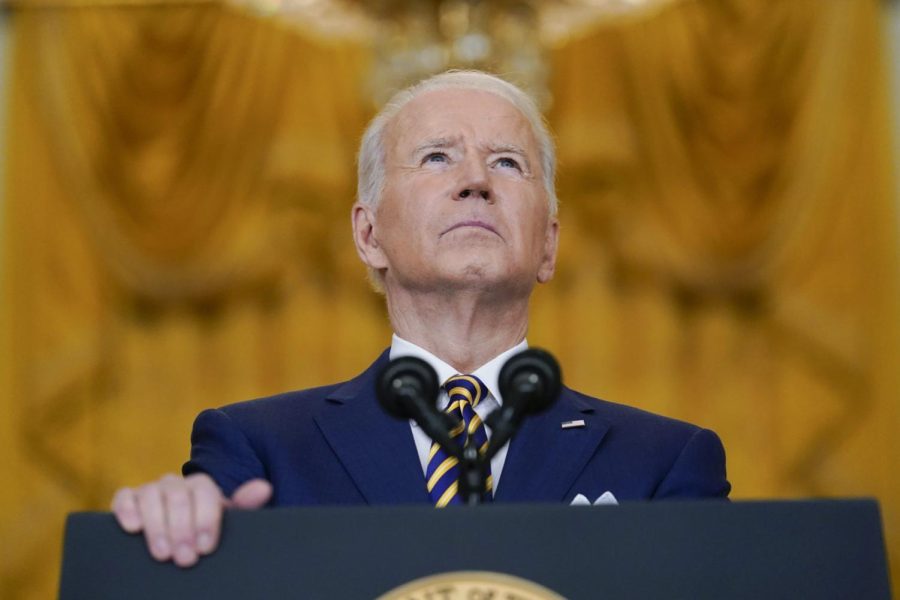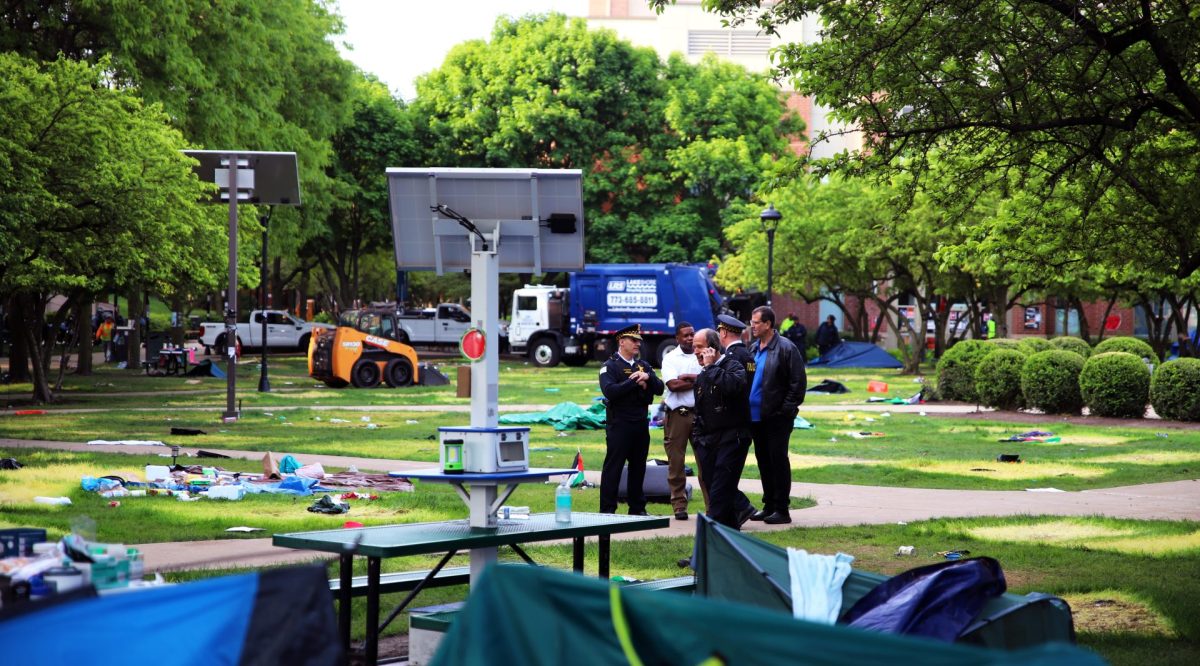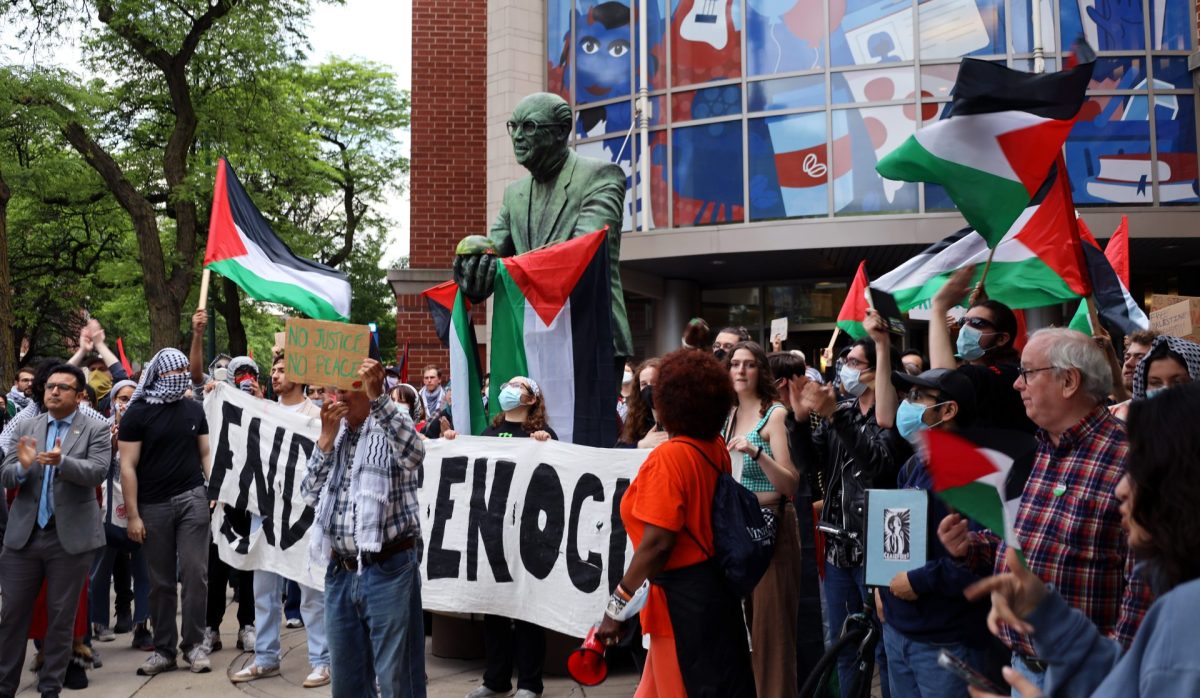Amid excitement and concern surrounding the proposed $60 million athletic capital campaign, DePaul leadership claims an ambitious, comprehensive fundraising effort will prioritize academics.
“If you take out the athletic piece, everything else is about the academic enterprise here,” President Robert Manuel told The DePaulia.
Though he shared an aspirational goal of $1 billion during his convocation speech, Manuel told The DePaulia he will not know the campaign’s official goal until the university conducts a feasibility study later this year.
Katie Fraumann, DePaul’s senior vice president of Advancement and External Relations, plans to hold in-depth conversations with faculty, staff and students about a vision for the campaign. Of the $1 billion goal, she conceded, “We have a lot of work to do to validate that number.”
Manuel said the vision includes creating three interdisciplinary institutes focused on poverty, environmental sustainability and artificial intelligence, along with student scholarships. He said DePaul is fortunate to have faculty with expertise in the proposed interdisciplinary areas.
Fraumann told The DePaulia that approximately $307 million was already raised and will be included in the campaign’s total when the university announces an official goal after the feasibility study. The advancement office sent a university-wide email Sept. 19 announcing two $1 million gifts that will fund student scholarships
“It’s existing programs coming together to assess the need in our community and figure out how we engage in new ways,” Manuel said.
The university also considers Chicago a model for pursuing artistic, scientific and community connections.
“(City officials are) trying to rejuvenate the cultural and artistic scene [in Chicago]. They’re trying to bring energy, life and experiences into this place. They are trying to create an economic driver, and they’re trying to figure out safety and security,” Manuel said.
The proposed institutes can help the urban community thrive as the city rebounds post-pandemic.
Fraumann is confident donors will want to invest in student scholarships and the interdisciplinary institutes, but Manuel said the university will focus any proposed innovation on student interest and serving DePaul’s mission.
Matthew Krause, a staff council representative on the Strategic Resource Allocation Committee (SRAC), said he is not yet aware of DePaul’s philanthropic strategy but is hopeful Manuel and advancement leadership “will bring much more engagement and transparency than there has been.”
Fundraising in higher education is an ongoing process that helps nonprofit universities stay afloat and can create institutional change, according to Danielle Vance-McMullen, assistant professor at DePaul’s School of Public Service and an expert in charitable giving.
She said reaching a $1 billion goal could take anywhere from three to seven years to complete. Without the feasibility study or an official plan, Fraumann did not want to estimate a timeline.
“I think a billion-dollar campaign could be doable for an institution of our size, reputation and alumni base,” Vance-McMullen said.
When working as a fundraising consultant, Vance-McMullen said the largest donation was typically 10% of the campaign’s goal, which would be a $100 million gift for a $1 billion campaign.
While many faculty want higher pay and students expect swift improvements to public safety, Manuel said the issues DePaul wants to address cannot be fixed overnight.
“They are not things that you can wave a magic wand and have go away. They are systemic. And they, unfortunately, take a lot of time, a lot of communication and a lot of engagement for that to work,” Manuel said.
Student healthcare will be available by fall 2024, but Manuel said other changes like closing the achievement gap and creating academic interdisciplinary institutes, will take longer.
“If we don’t start now, it’s going to be another 25 years before we engage those questions,” Manuel said.
Though the comprehensive campaign’s official goal is still unknown, Fraumann said the $60 million athletic campaign will fund the athletics facility project and will be included in the total for the comprehensive campaign.
Manuel said many people assume the university is funding the athletic facility with money cut from the academic budget to close a $56 million budget gap.
“That’s not true,” he said. “In fact, the academic and athletic budgets are separate.”
When DePaul raises money, there are specific things it can be used for, he said. If donors give money for the athletic facility, the university must spend the money on the athletic facility.
“The approach here is to govern the expectations, the hopes and aspirations of the community and put it into a plan so that we can see where the guideposts are moving forward,” Manuel said.


